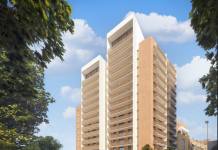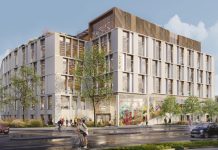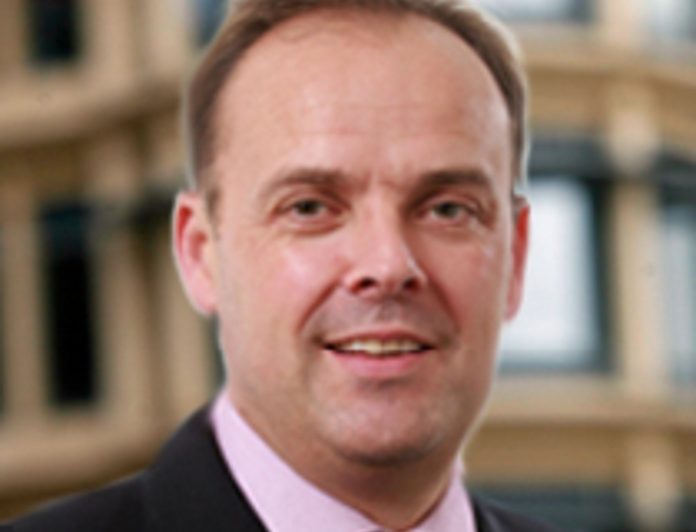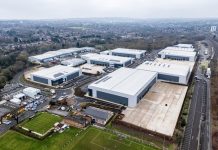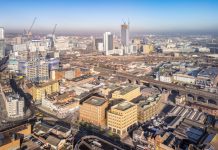To say the past 12 months have been a challenging period for the high street would be an understatement. Ian Mercer, Partner at Bruton Knowles, understands that the Public Sector has taken an active role in regenerating town centres, but asks is there more to do?
Online competition, increased business rates and high rents have taken its toll on the retail industry. Last year, we saw the demise of Toys R Us whilst House of Fraser sold its assets to Sports Direct billionaire, Mike Ashley. In 2019, we also saw HMV faced with administration before being brought out by Sunrise Records. The Canadian retailer saved 100 of the 127 stores.
This highlights that while there is a future in retail, it may be a more bespoke one. It is no longer a case of one size fits all.
Alarmingly, reports suggest that 100,000 shops could be left empty within the next decade. With so much uncertainty facing today’s high street1, attention needs to be paid to reignite consumers’ love for buying in their local area.
The Public Sector has a fantastic opportunity to lead the way here, by putting a clear strategy in place and regenerating town and city centres.
Walking down the street today, passers-by are faced with boarded up windows and empty shops. A new strategy will need to inspire the re-use of empty residential space – in particularly unused space above shops. A stronger focus on encouraging bespoke or smaller retailers into town centres, would also allow for a variety of amenities to be readily available to visitors.
By enhancing the town and city offering, the Public Sector will benefit as firstly, there will be an uptake in visitors to towns and cities, leading to increased business. This will ultimately see a boost in the economy and people wanting to invest and live in property within the area.
However, to ensure an improved high street and increased footfall to towns and cities, other factors also need to be considered, besides retail. For instance, an integrated transport system, including trains, buses and trams all need to be readily available, to allow easy, time efficient access for visitors and workers to the area.
The new multi-million-pound Dudley Interchange, for instance, is a step in the right direction and an excellent example of how the West Midlands Combined Authority is recognising how investment and infrastructure will influence how people travel and just as importantly, where they are able to live. Five million people currently use the Dudley Bus Station. When the tram is added, one can only assume, this will increase its usage and in doing so, create new opportunities for living, retail, leisure and jobs, whilst at the same time providing people with a genuine reason and opportunity to leave their cars at home, as they travel to work across the region.
Secondly, the Public Sector now needs to take the opportunity to reach out and work with the Private Sector, as this could provide a much more rewarding and positive future for the high street.
The City of Wolverhampton Council has already made positive strides to achieving this. Last year, the council announced that it was partnering with online marketplace, eBay to help get small retailers online, grow the local economy and highlight how high street retail and online can work together. By realising the changing retail climate, the partnership has been vital in keeping the town centre revitalised.
While it will take time for such a large and significant strategy to be put in place, it is becoming increasingly important and only experienced and dedicated public sector leaders will be able to lead on a project of this size.
Only then, will we be able to rejuvenate our towns and cities and make them a place worth visiting, rather than seeing the current boarded up shops and window displays that line our high streets today.

